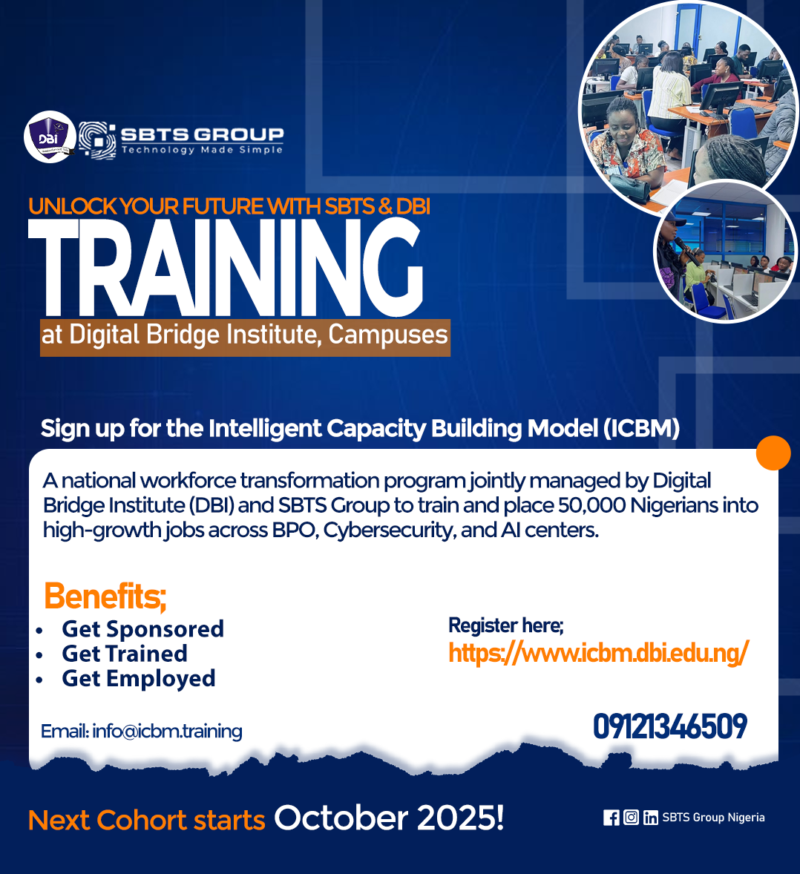By: Dalia Nabil, MEA Head of Pre-Sales, Nokia Cloud and Network Services (CNS)
Generative AI (GenAI) is no longer a futuristic concept—it’s being rapidly integrated into enterprise strategy. McKinsey reports that GenAI adoption has seen an increase in adoption, with 71% of companies now using it, up from 65% in early 2024. And yet, many organisations remain unclear on one fundamental question: is it delivering real business value?
RELATED: Study: Trust in GenAI surges globally despite gaps in AI safeguards
As enthusiasm grows, so does scrutiny. GenAI investments are significant, often ranging from $5 million to $20 million. But with Gartner predicting that 30% of GenAI projects will be abandoned by year-end, business leaders must ask themselves whether their GenAI deployments are driving measurable outcomes—or simply inflating costs. The answer lies in building a robust business case that prioritises impact over experimentation.
Measuring what matters
To move beyond hype, businesses must first define what success looks like. Is the goal to boost operational efficiency, improve customer experience, unlock new revenue streams, or reduce costs? Only by setting clear objectives can organisations link GenAI investments to tangible metrics—such as time saved, tasks automated, improved Net Promoter Scores, or increased engagement.
Establishing a baseline, tracking progress over time, and allowing for continuous learning are essential steps. It’s also important to go beyond traditional ROI measurements. Strategic value—like competitive advantage, innovation, employee morale, and brand trust—should be part of the equation. At Nokia CNS, we’ve embedded GenAI into our product and solution strategy to deliver exactly this kind of impact. From predictive maintenance in network operations to energy savings and personalised service delivery, the focus remains on sustainable, measurable outcomes that deliver strategic value to communications service providers (CSPs).
Keys to a successful deployment
Deploying GenAI successfully requires more than cutting-edge algorithms. It begins with choosing the right use cases—those where GenAI adds clear, measurable value—and having the right data and governance models in place. GenAI systems thrive on high-quality, well-structured data. Without it, even the most advanced model will fall short.

Dalia Nabil, MEA Head of Pre-Sales, Nokia
Infrastructure is another critical enabler. GenAI requires significant computing resources and robust cybersecurity. Human oversight must remain central to the process, with a strong focus on continuous monitoring and ethical governance. We’ve already seen real-world results—like our partnership with Safaricom Kenya, which used GenAI to optimise energy efficiency and save nearly $1 million in electricity costs without affecting customer experience or service quality.
The hidden costs to watch out for
While GenAI offers immense promise, it comes with hidden costs that can quickly erode ROI if not carefully managed. These include infrastructure expenses, data preparation and management, ongoing model retraining, compliance requirements, and the rising cost of skilled talent.
Too often, organisations underestimate the long-term investment needed to operationalise GenAI. That’s why a thorough business case should account for not just the upfront spend, but also ongoing costs and change management. Only then can enterprises build GenAI strategies that are sustainable, scalable, and aligned with long-term goals.
From pilots to progress
The time for GenAI pilot projects and experimentation is giving way to a demand for accountability. As boards and CFOs demand results, businesses must shift their focus to proven outcomes and strategic value.
GenAI can be a game-changer—if approached with clarity, discipline, and a well-defined business case. With the right strategy, the technology becomes more than a buzzword: it becomes a transformative force that drives efficiency, innovation, and measurable business growth.































